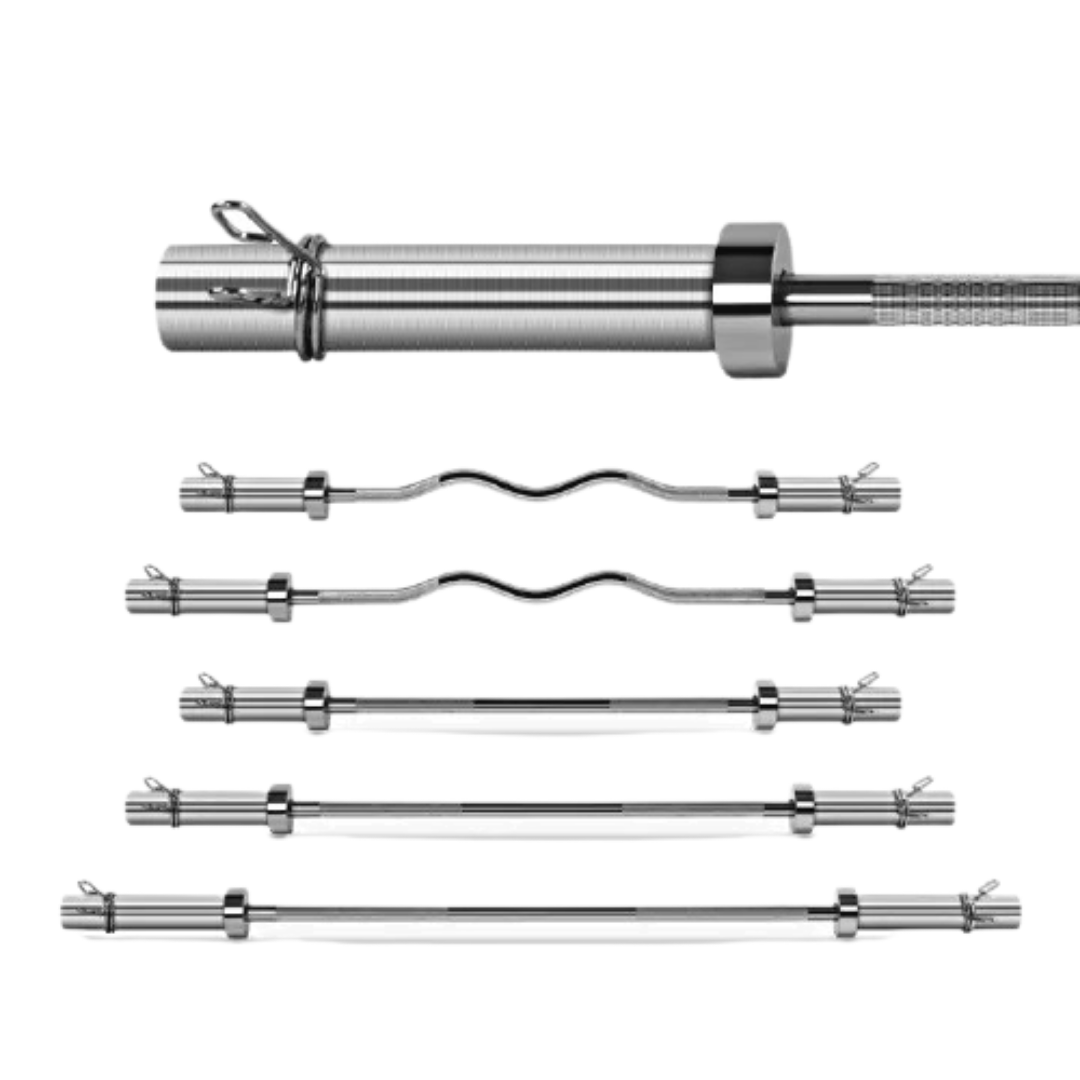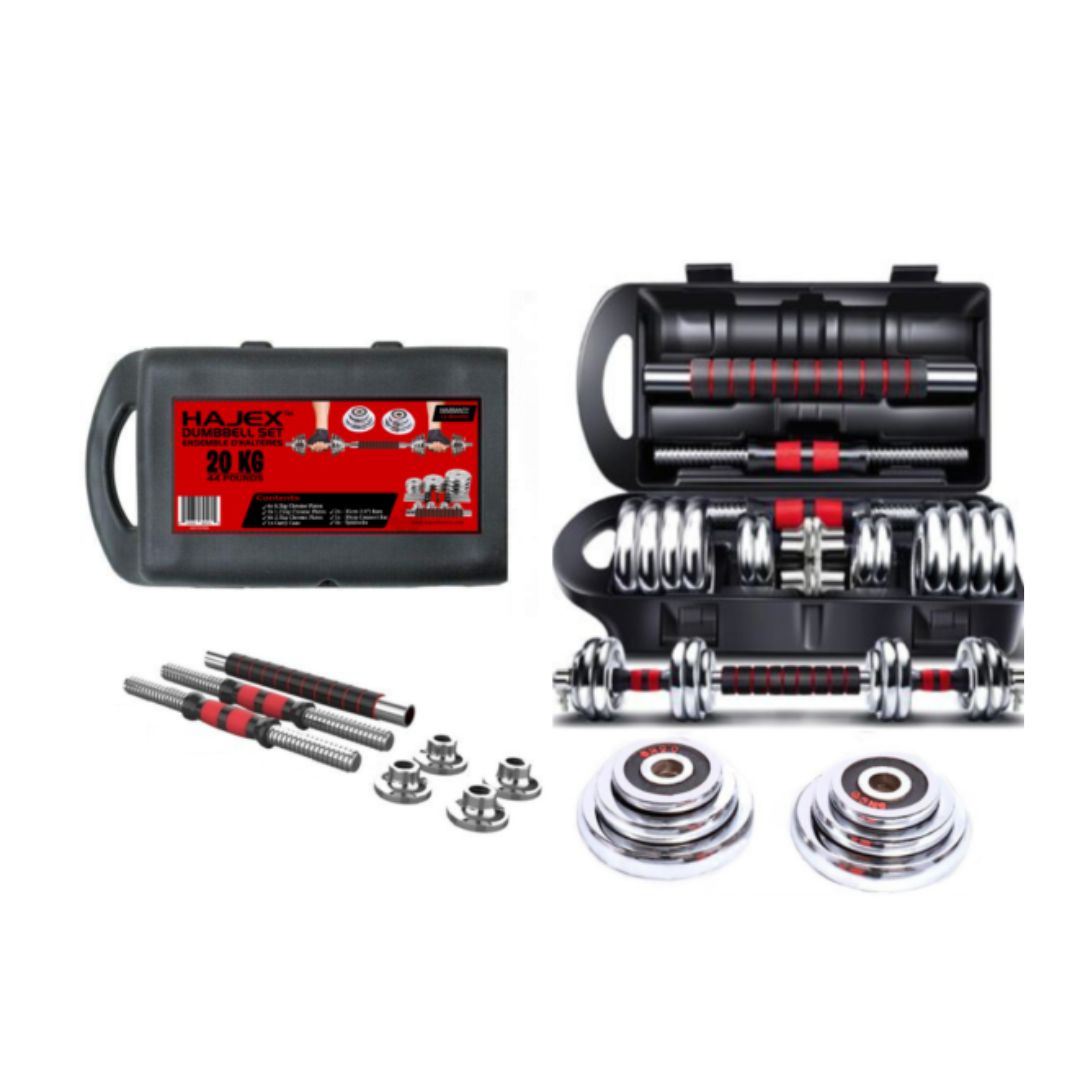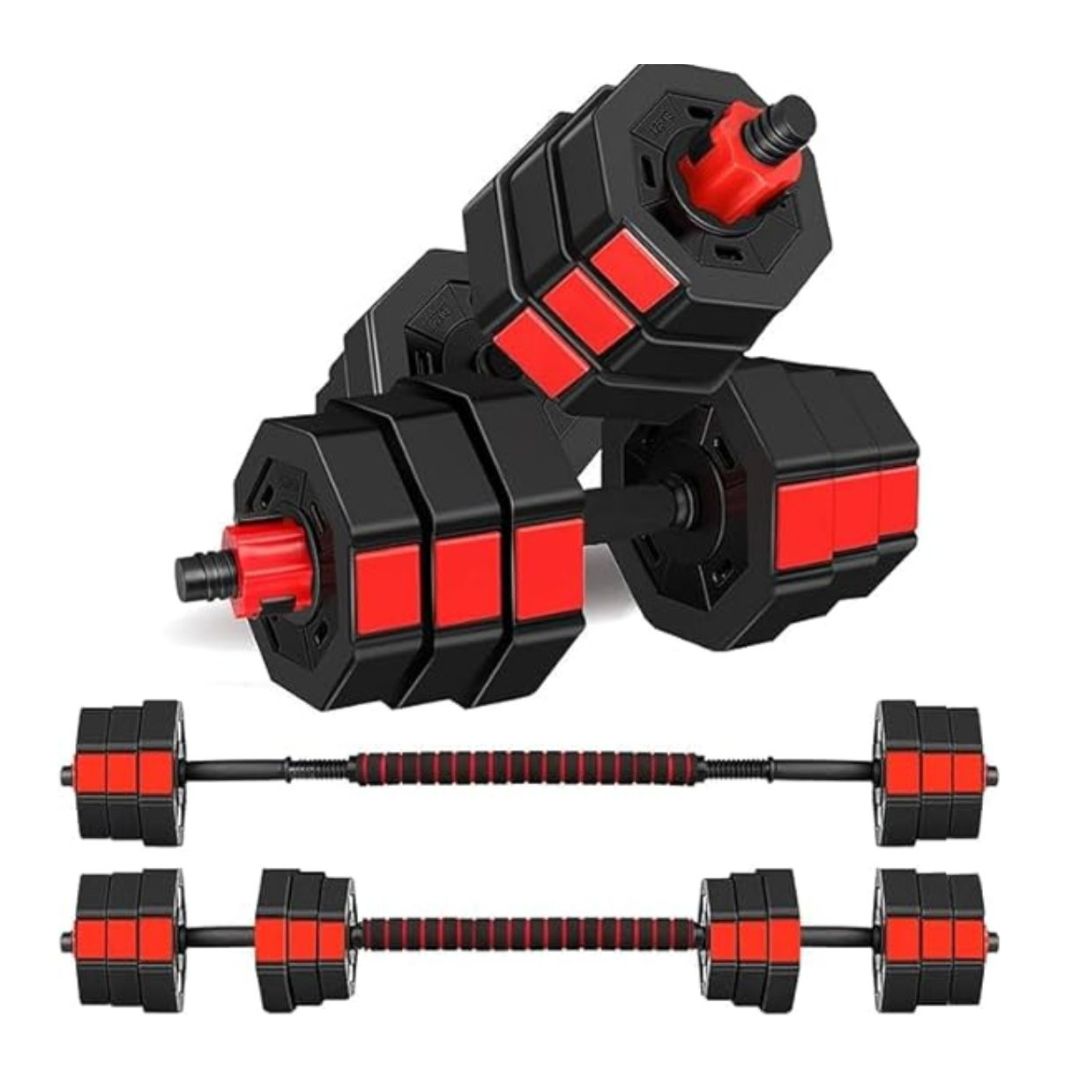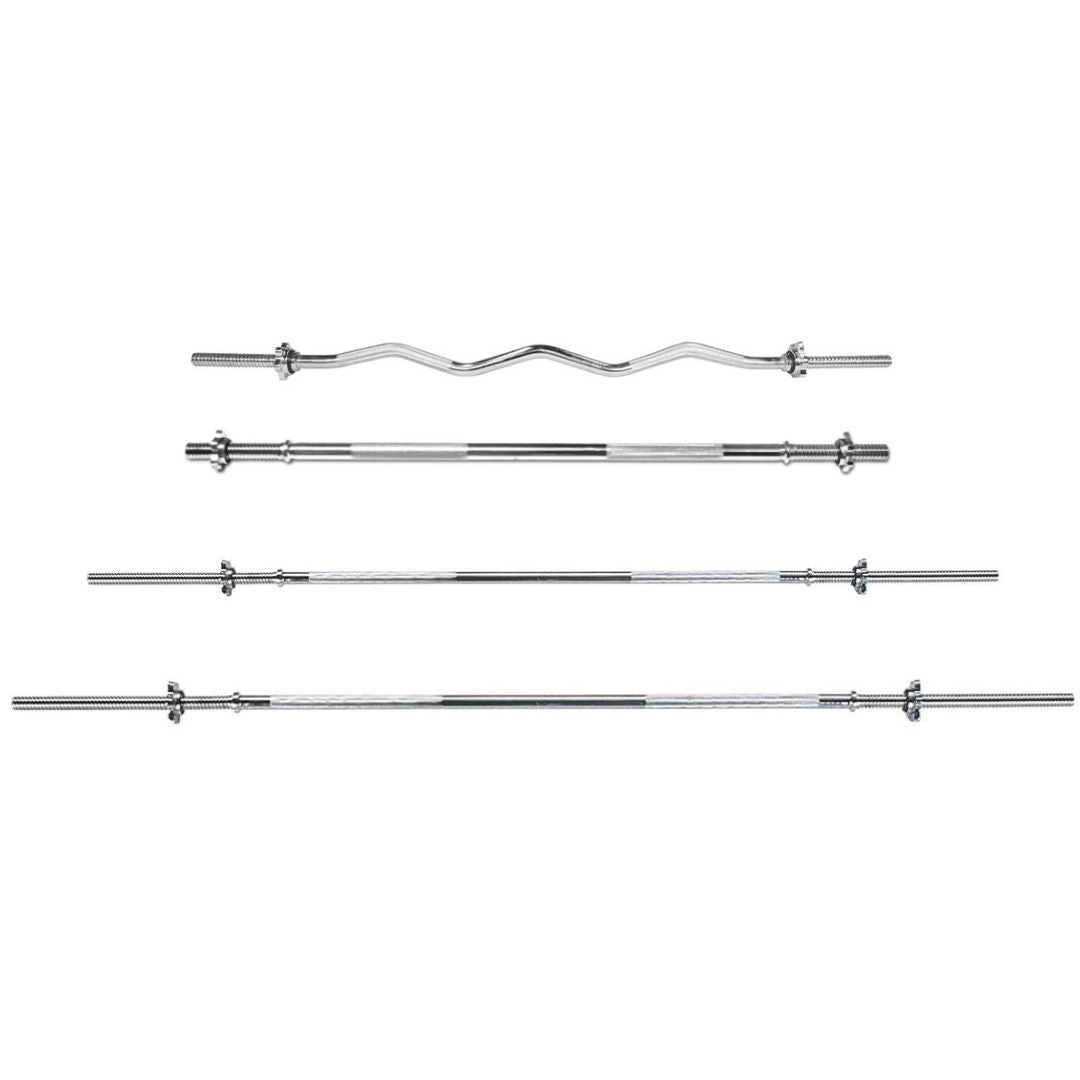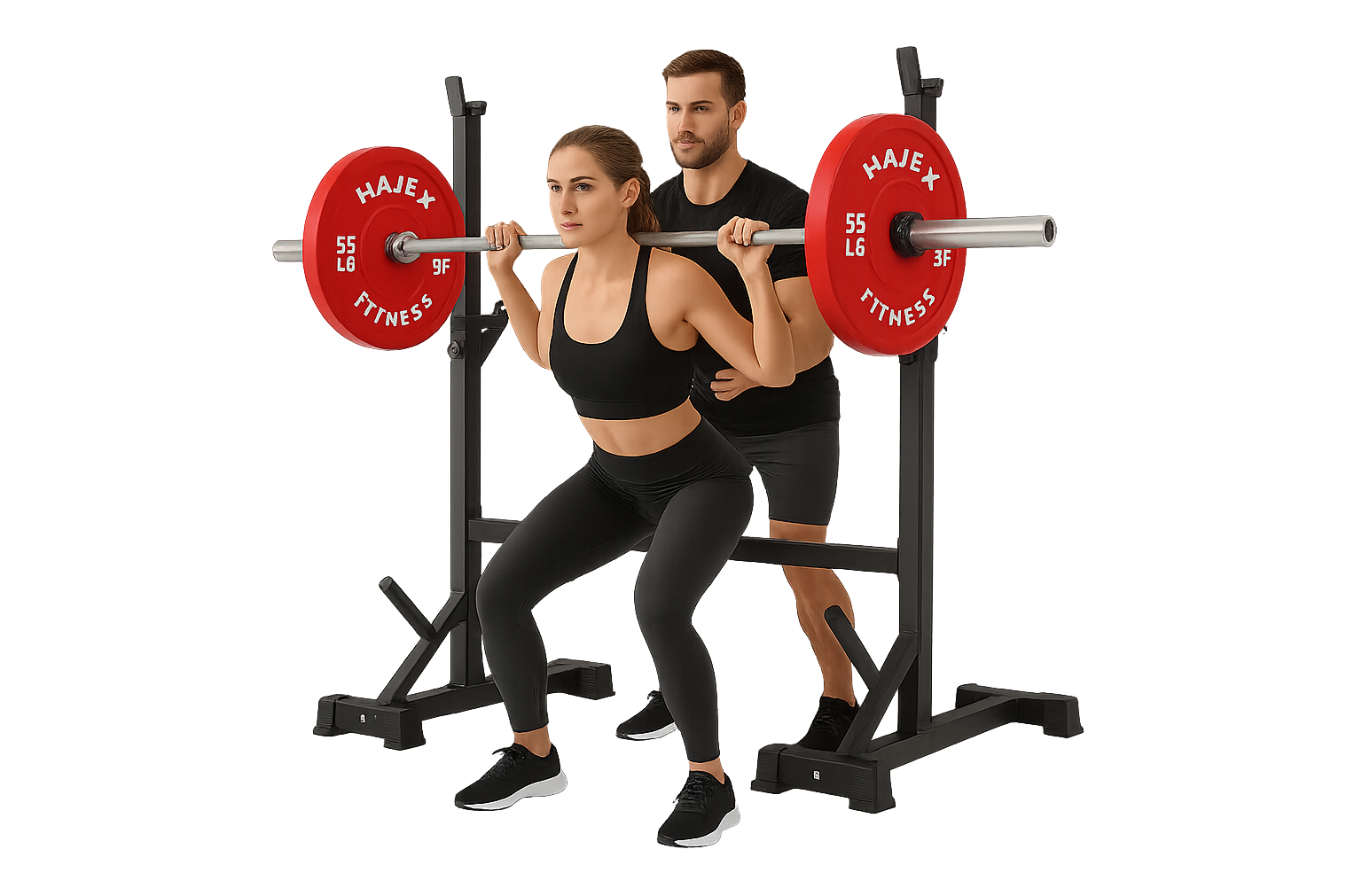Benefits of using Foam Rollers in Post-Workout Recovery
Exercise is a crucial part of leading an active existence, but it's equally crucial to give post-workout recovery top priority if you want to avoid injuries, lessen muscle stiffness, and improve performance. While there are many techniques and equipment for rehabilitation, there are many benefits of foam rolling as it is a straightforward yet useful instrument that has become more and more popular in the last few years.

This plain cylindrical tool can be quite helpful in reducing muscular tension, increasing flexibility, and hastening the healing process. In this article, we'll examine the advantages of using foam rollers for post-workout recovery and address a few frequently asked inquiries regarding how to use them.
Foam Rollers
Foam rollers are lightweight, adaptable tools that are frequently shaped like logs or cylinders and are constructed of thick foam. To accommodate diverse tastes and levels of experience, they are available in a range of sizes and densities. Foam rolling, sometimes referred to as self-myofascial release, is the practice of applying pressure to particular muscles to relieve tension and knots that might form after strenuous activity.
Benefits of Foam Rolling
There are many benefits of using a foam roller. Some of them are discussed below:
Reduced Muscle Soreness: Lactic acid accumulation and microtears in muscle fibers can cause muscles to feel uncomfortable and stiff after a strenuous workout. Foam rolling helps to dissolve these adhesions and knots, which reduces muscular discomfort.
Increased Blood Circulation: Utilizing a foam roller encourages greater blood flow to the targeted muscles. A rise in the flow of blood aids in the delivery of oxygen as well as nutrients to the muscles, which speeds up the repairing process.
Increased Flexibility and Range of Motion: Including foam rolling in your post-workout regimen can increase your flexibility as well as your range of motion. You can improve movement and avoid injury by loosening up the fascia, which is the fibrous connective tissue that surrounds the muscles.
Prevent Injuries: Identifying and correcting muscular imbalances and asymmetries can help prevent injuries with regular foam rolling. Ensuring that your muscles are working at their best and moving correctly, can help to prevent injuries.
Relaxation and Stress Reduction: Foam rolling has health advantages for both your physical and mental well-being. The motion of rolling on muscles helps calm the nervous system and promotes general calmness.
Making Foam Rolling a Part of Your Routine
It's easy to incorporate the use of foam rolling into your after-workout regimen, and over time you will see how it has a big impact on your health. The following is a simple primer that will assist you to begin:
Pick the Right Roller: There are three distinct densities of foam rollers: light, medium, and hard. Foam rolling novices might choose a milder roller, while seasoned practitioners are happier with a harder one for more intense tissue massage therapy.
Target the main muscle groups you worked on during your workout by concentrating on them. The calves, thighs, quadriceps, outer thighs, and the back portion of the body are typical areas of concern.
Roll Mindfully and gently: Slowly roll the foam roller gently over the muscle, paying particular attention to any sore or tense spots. When you come across a tight location, pause and apply light pressure there for 20–30 seconds until the stress is relieved.
Take a deep breath and maintain your relaxed state while you roll. The advantages of foam rolling may be defeated by tightening up.
Maintaining a healthy diet and staying hydrated are important for healing. To remove toxins generated from muscles after foam rolling, consume lots of water.
Be Consistent: Consistency is essential for any healing technique. For the best benefits, incorporate foam rolling into your normal routine at least once a week and preferably daily.
Conclusion
In conclusion, foam rollers have become a useful instrument for post-workout rehabilitation. You can feel less muscular soreness, more flexibility, and higher performance by including foam rolling in your routine. To get the most out of this easy-to-use rehabilitation method, keep in mind to start off gradually, be consistent, and pay attention to your body.
Frequently Asked Questions
Does foam roll hurt?
When targeting confined regions, foam rolling may be uncomfortable. But it shouldn't hurt too much. As your muscles adjust, start out with light pressure and build it up gradually.
Before working out, can I use a foam roll?
For your warm-up regimen, using foam rolling before your exercise session might be helpful. It aids in boosting blood flow and getting your muscles ready for workouts. Prior to your workout, concentrate on using lighter stress and more rapid motions.
How much time should I spend on foam rolling for each muscle?
Give each muscle group 1-2 minutes while concentrating on any tense parts. Avoid rolling too much since this can irritate your muscles.
Can stretching be replaced by foam rolling?
Stretching and foam rolling go together. Stretching lengthens muscles while foam rolling tackles muscle tension and knots. Both are beneficial for enhancing flexibility and avoiding injuries.
Is foam rolling dangerous in any way?
Foam rolling is usually safer if used in a proper way. To avoid damaging joints, bones, or wounded regions, do not roll over them directly. Before including foam rolling in your routine if you have a health problem, speak with a healthcare provider.
 WEIGHT PLATES
WEIGHT PLATES
 Cast Iron Olympic Plates
Cast Iron Olympic Plates
 Olympic Rubber Weight Plates
Olympic Rubber Weight Plates
 PVC Weight Plates
PVC Weight Plates
 DUMBBELLS
DUMBBELLS
 Rubber Hex Dumbbells
Rubber Hex Dumbbells
 Cast Iron Adjustable Dumbbells
Cast Iron Adjustable Dumbbells
 Round Head Dumbbells
Round Head Dumbbells
 Neoprene Dumbbells
Neoprene Dumbbells
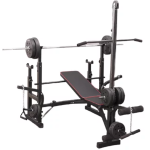 BENCHES
BENCHES
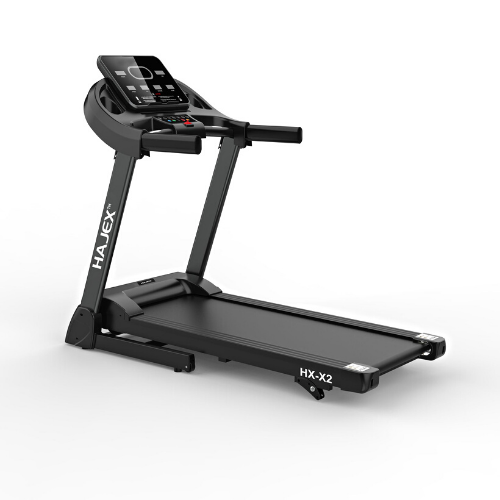 CARDIO
CARDIO
 BARBELL BARS
BARBELL BARS
 Home Gym Deals
Home Gym Deals
 Olympic Bumper Plates
Olympic Bumper Plates
 Tri Grip Plates
Tri Grip Plates
 Weight Plates Combo
Weight Plates Combo
 Olympic Steel Hub Bumper Plates
Olympic Steel Hub Bumper Plates
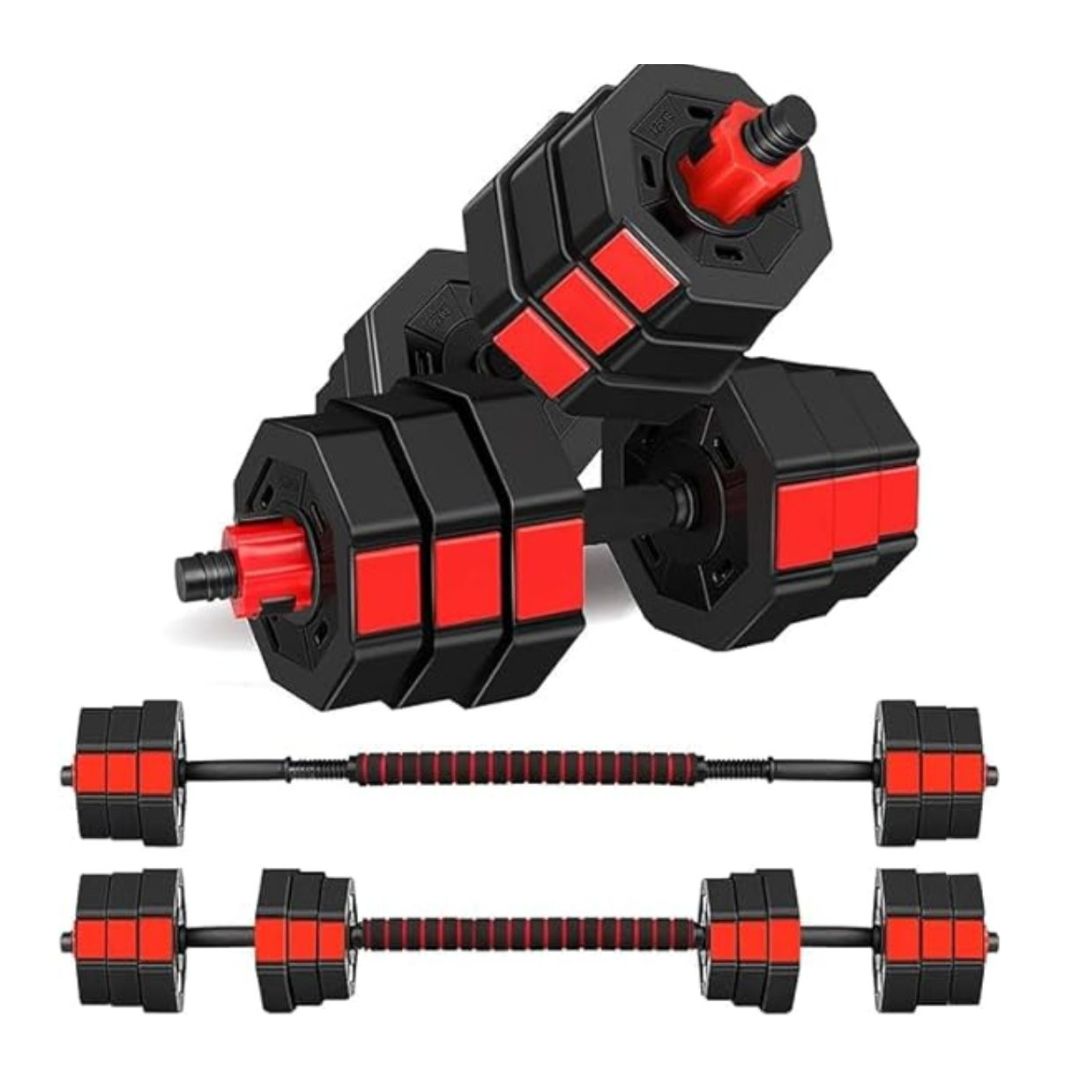 PVC Dumbbells
PVC Dumbbells
 NUO Style Adjustable Dumbbells
NUO Style Adjustable Dumbbells
 Olympic Barbells 2"
Olympic Barbells 2"
 Standard Barbells 1"
Standard Barbells 1"
 Fixed Weight Bars
Fixed Weight Bars
 Benches with Pulley & Rack
Benches with Pulley & Rack
 CARDIO
CARDIO
 Foldable Walking Pads
Foldable Walking Pads
 Exercise Bikes
Exercise Bikes
 RACKS, CAGES & SMITHS
RACKS, CAGES & SMITHS
 Smith Machines
Smith Machines
 Power Racks
Power Racks
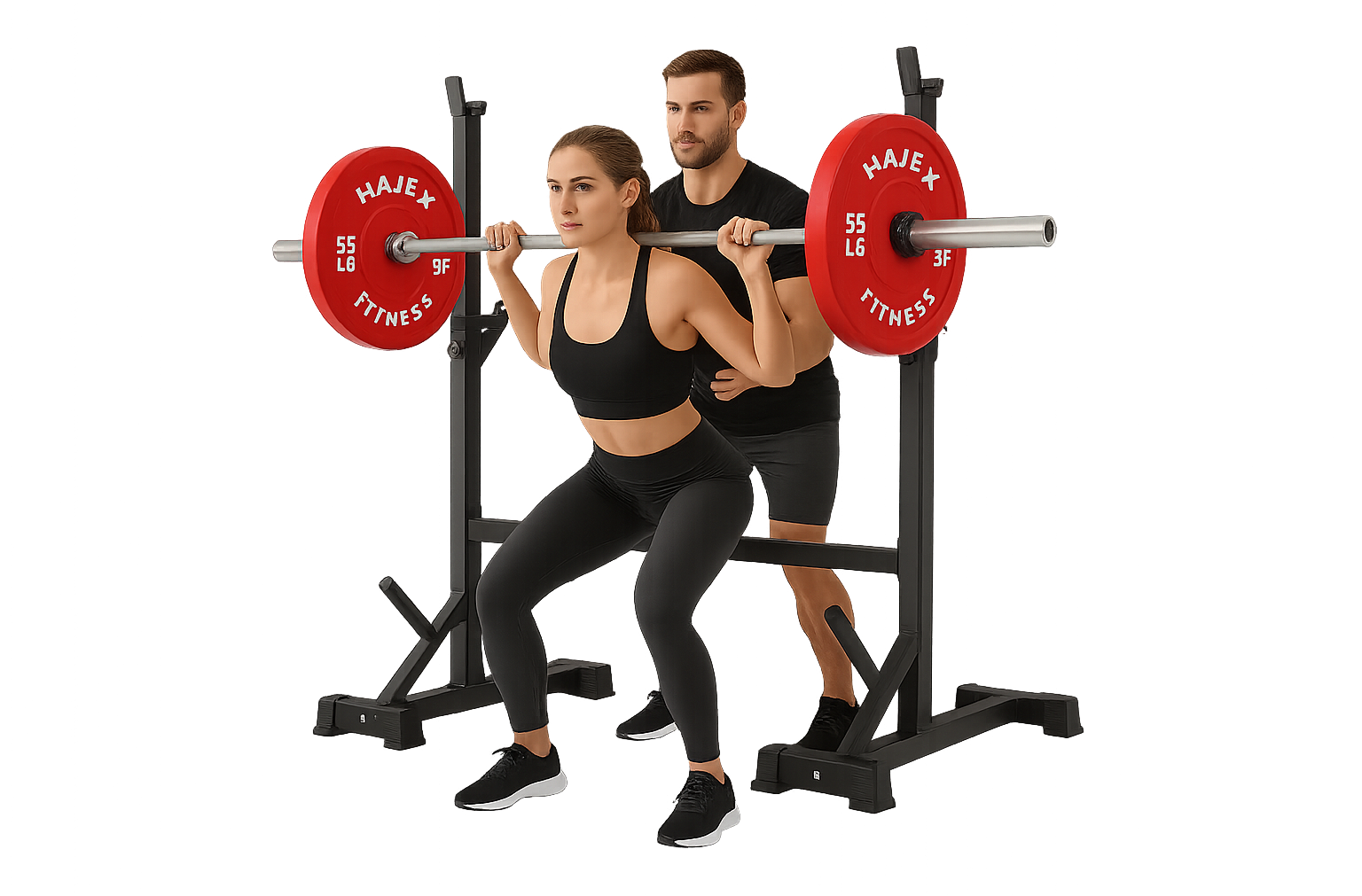 Squat Racks
Squat Racks
 STORAGE RACKS
STORAGE RACKS
 Dumbbell & Kettlebell Racks
Dumbbell & Kettlebell Racks
 Mini Dumbbell Racks
Mini Dumbbell Racks
 Adjusatble Dumbbell Stands
Adjusatble Dumbbell Stands
 MORE
MORE
 Kettlebells
Kettlebells
 Adjustable Kettlebells - Single & Pair
Adjustable Kettlebells - Single & Pair
 Floor Mats
Floor Mats
 Yoga
Yoga
 Push Up
Push Up
 Resistance Bands
Resistance Bands
 Barbell Pads
Barbell Pads
 Dumbbell Handles
Dumbbell Handles
 Jump Ropes
Jump Ropes






